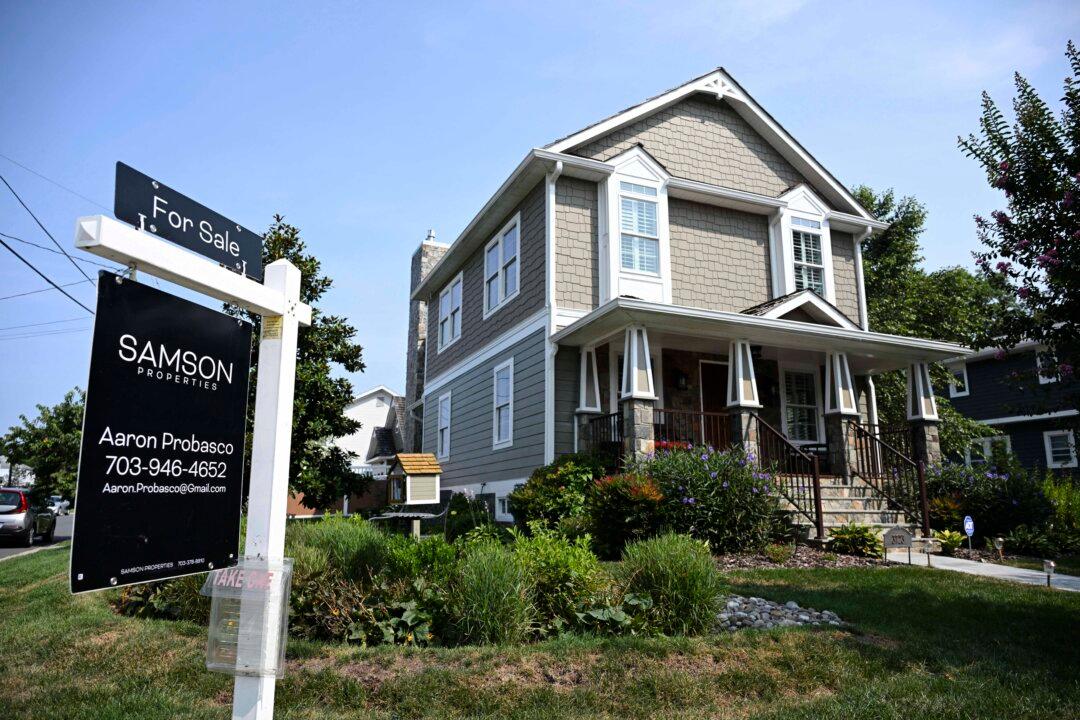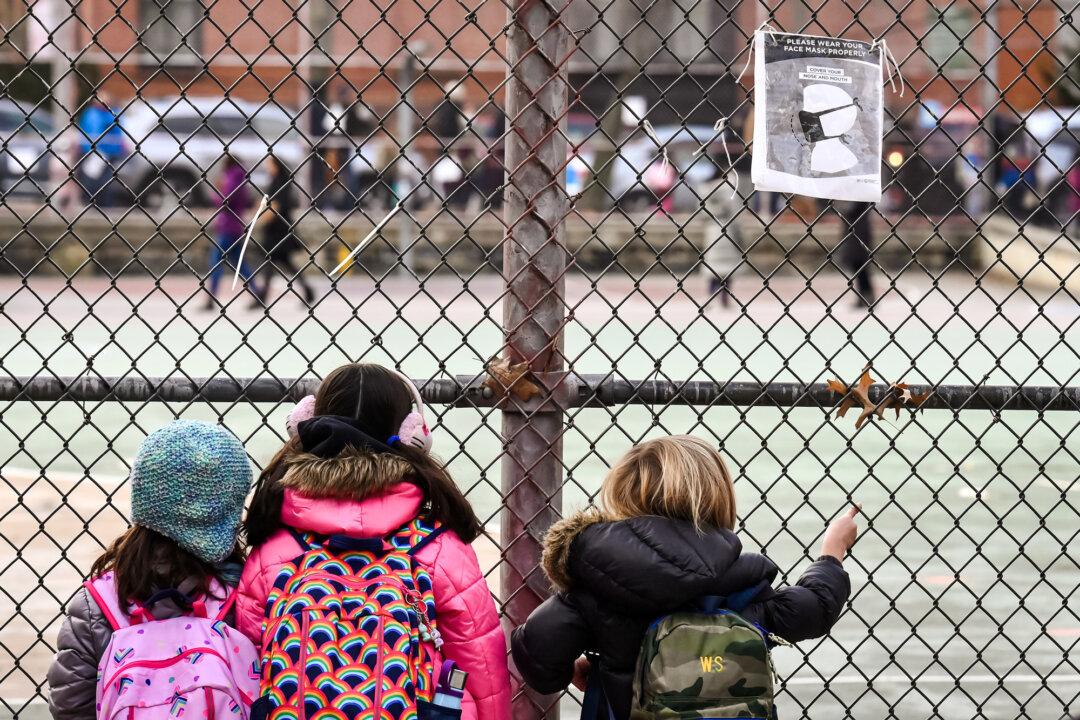Permits for constructing residential buildings rose last month in the United States, but single family home permits were largely unchanged as market conditions remained uncertain for builders. Building permits are a reliable indicator of the level of market demand for new homes.
The overall jump in numbers was driven by an increase in permits for multi-family buildings with five or more units, which surged by more than 22 percent.
Meanwhile, housing starts presented a different picture of the market. Housing starts, indicating the beginning of new residential unit construction, fell by 1.8 percent monthly in November.
Single family starts rose by 6.4 percent while multi-family crashed by over 24 percent.
“Rising housing inventory coupled with higher uncertainty about the future path of mortgage rates is causing builders to proceed with caution. Multifamily starts continued to fall, raising concerns about a large decline in supply in the year ahead,” it warned.
Mortgage Rate Challenge
The U.S. Federal Reserve brought down its benchmark interest rates to a range of 4.25 to 4.5 percent in a recent December meeting.The central bank has suggested slowing down the pace of rate cuts in 2025, which is reflective of higher inflation numbers this year as well as expectations of the trend continuing next year, Fed chair Jerome Powell said during a press conference.
“Buying a home still takes a larger share of your paycheck today than in recent history, but income growth in 2025 is expected to start to reverse that trend, and if homebuilders ramp up production, as expected, we will start to close the gap on the housing shortage that has long been a thorn in the side of homebuyers, especially first-time homebuyers.”
Home price growth is expected to remain positive despite easing down; mortgage rates are predicted to be above 6 percent; and housing supply is forecast to be below pre-pandemic levels.
“Still, heightened mortgage rate volatility may present opportunities for would-be homebuyers to take advantage of temporary lows, and we may see stretches where housing activity is boosted by lower rates,” said Palim.
“But, on average, we expect mortgage rates to remain elevated and a hindrance to activity.”







